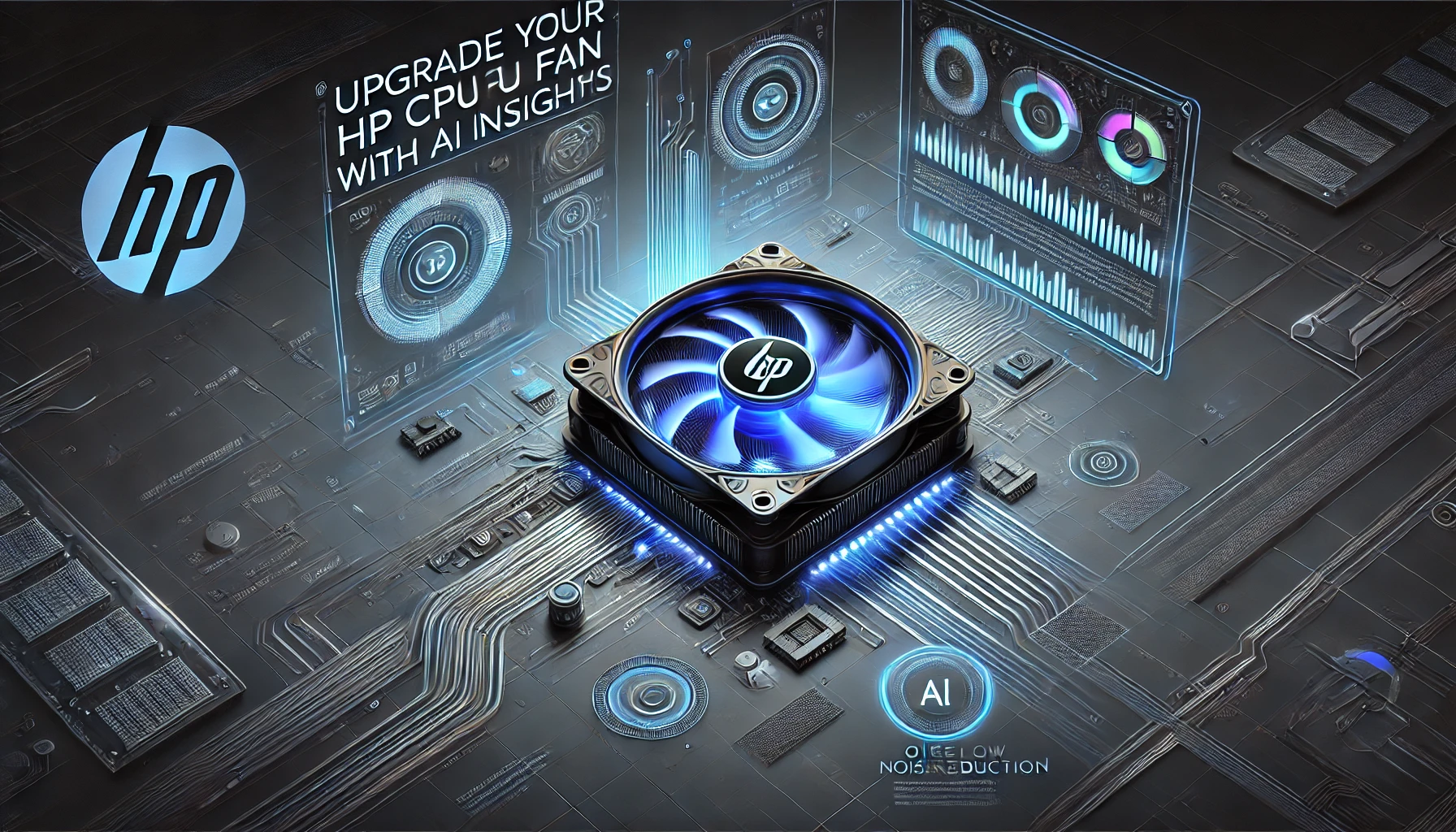Introduction
Have you ever wondered how your computer manages multiple tasks at once? If you’ve come across the term “handles,” you might be asking, “how many handles should my CPU have?” While not a commonly discussed topic, understanding handles can help you optimize your system’s performance. In this guide, we’ll explain what CPU handles are, how they interact with threads and processes, and how they influence your computer’s efficiency.
What Are CPU Handles?
Handles are essentially references that the operating system uses to track various resources, such as open files, running processes, and active threads. They are not physical parts of the CPU but are critical for task management. Your CPU and operating system work together to distribute and manage these handles efficiently.
Understanding Threads and Processes
Before diving deeper into handles, it’s essential to grasp the basics of processes and threads:
- Processes: A process is an independent running program, such as a web browser or a video editing tool. Each process is assigned a specific amount of system memory and resources.
- Threads: A thread is a smaller unit within a process, responsible for executing tasks. A single process can have multiple threads running simultaneously.
Handles serve as unique identifiers for these threads and processes, ensuring smooth task execution.
How CPU Handles, Threads, and Cores Work Together
The number of handles a CPU can manage depends on its architecture, the number of cores, and its threading capabilities. Here’s how these components influence performance:
CPU Cores and Performance
- Physical Cores: More cores mean a CPU can handle multiple tasks efficiently. A quad-core processor, for instance, can execute four tasks simultaneously.
- Threads (Logical Cores): Technologies like Hyper-Threading (Intel) or Simultaneous Multithreading (AMD) allow each core to process two threads at a time, improving multitasking capabilities.
- Operating System’s Role: The OS allocates resources to processes and threads, ensuring they operate smoothly within system limits.
How Many Handles Should My CPU Have?
There’s no single answer to this question, as it depends on various factors:
- Task Complexity: High-demand tasks like gaming, video editing, or 3D rendering require better handle management.
- Operating System Capabilities: Modern OS versions are designed to handle multiple processes efficiently.
- CPU Architecture: A higher core count with multi-threading handles more tasks smoothly.
- Application Design: Well-optimized applications use multiple threads efficiently, reducing system strain.
Factors That Affect Handle Management
Several factors determine how efficiently your CPU manages handles:
- More Cores: Additional cores enable better multitasking and improved performance.
- Hyper-Threading / SMT: Allows each core to handle multiple tasks at once.
- Fast RAM and Storage: Speedy memory ensures data is processed quickly, reducing bottlenecks.
- Optimized Software: Applications built to use multiple threads distribute workload efficiently.
- Cooling and Power Efficiency: A well-cooled CPU prevents overheating, ensuring sustained performance.
What Happens If There Are Too Many Handles?
While modern systems can handle thousands of processes, an excessive number of handles can lead to performance issues, including:
- System Slowdowns: Overuse of CPU resources can make your computer sluggish.
- Application Crashes: Programs may become unstable and crash.
- Resource Exhaustion: Too many handles consume available system memory and processing power.
How to Optimize Handle Usage for Better Performance
To ensure your CPU performs efficiently, follow these optimization tips:
1. Monitor System Resources
Use tools like Task Manager (Windows) or Activity Monitor (Mac) to track CPU and memory usage.
2. Close Unnecessary Applications
Reduce the number of active processes by closing unused apps and browser tabs.
3. Adjust Application Settings
Some applications allow you to limit resource usage, which can prevent performance drops.
4. Keep Your System Cool
Ensure proper ventilation, clean cooling fans, and use a cooling pad for laptops to avoid overheating.
5. Keep Your OS and Software Updated
Regular updates improve performance, fix bugs, and optimize resource management.
FAQs
1. What are CPU handles?
Handles are references the OS uses to manage tasks, including processes and threads.
2. How do CPU cores affect handle management?
More cores allow a CPU to distribute workloads efficiently, improving multitasking.
3. Can too many handles slow down my PC?
Yes, excessive handles can lead to lag, crashes, and resource exhaustion.
4. How do I check handle usage on my system?
Use Task Manager (Windows) or Resource Monitor to monitor handle and CPU usage.
5. Does Hyper-Threading improve handle management?
Yes, it enables each core to handle multiple tasks simultaneously, improving performance.
Conclusion
The question “how many handles should my CPU have” doesn’t have a fixed answer. It depends on your CPU’s architecture, operating system, and workload. By understanding how your CPU handles tasks and optimizing your system for efficiency, you can ensure smooth performance and avoid slowdowns. Keeping your system updated, cooling your CPU, and closing unnecessary applications will help maintain a balanced workload. If your computer struggles with too many processes, consider upgrading to a higher-core CPU for better multitasking capability.




